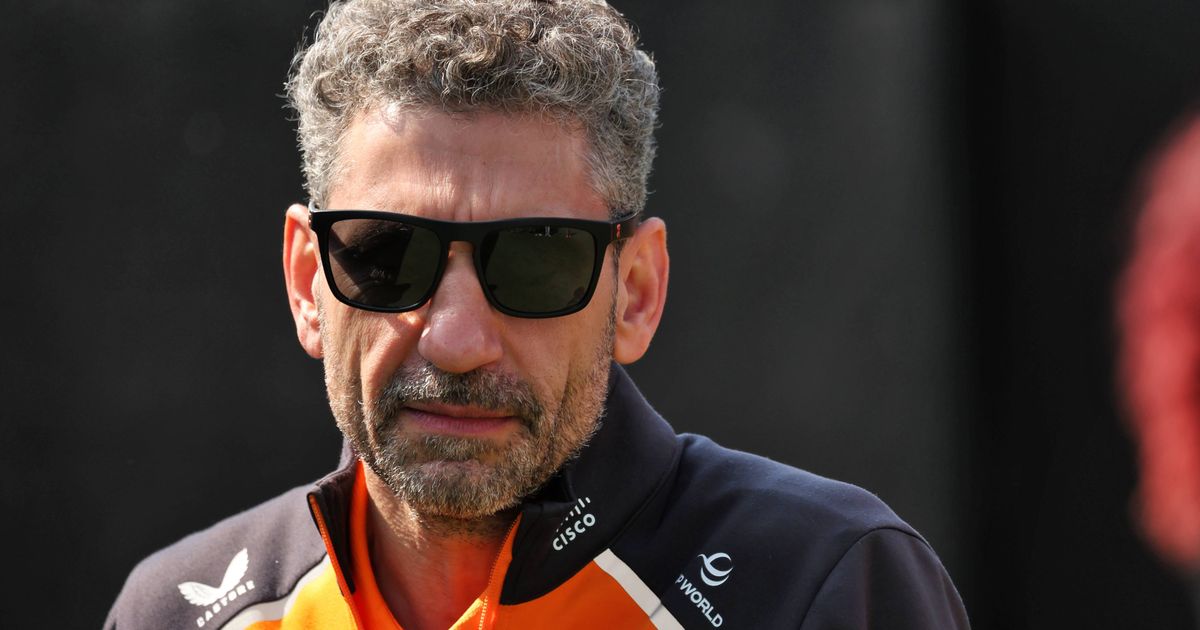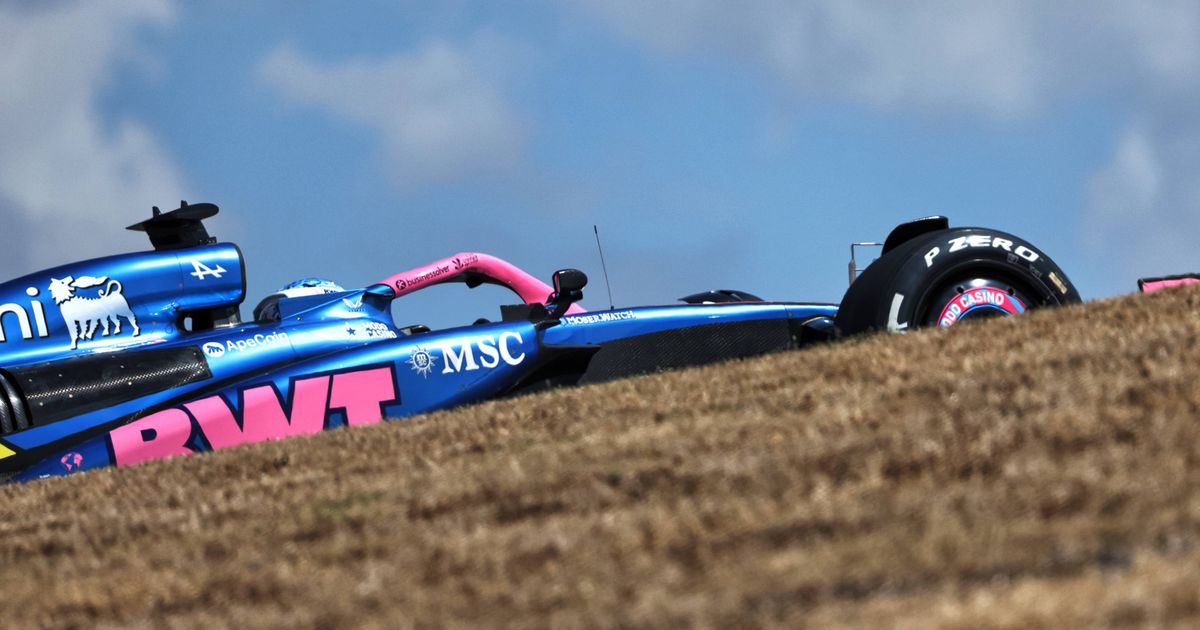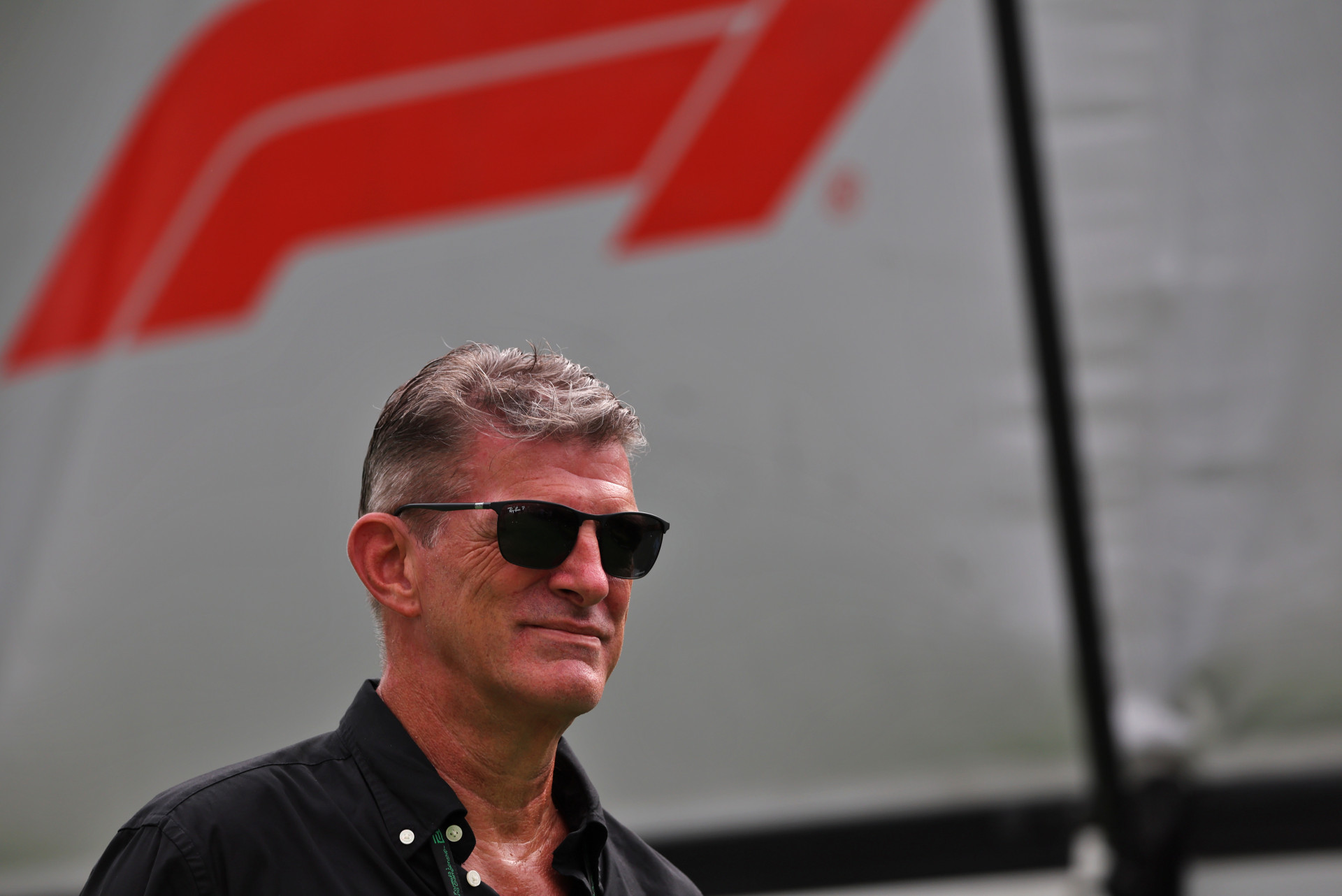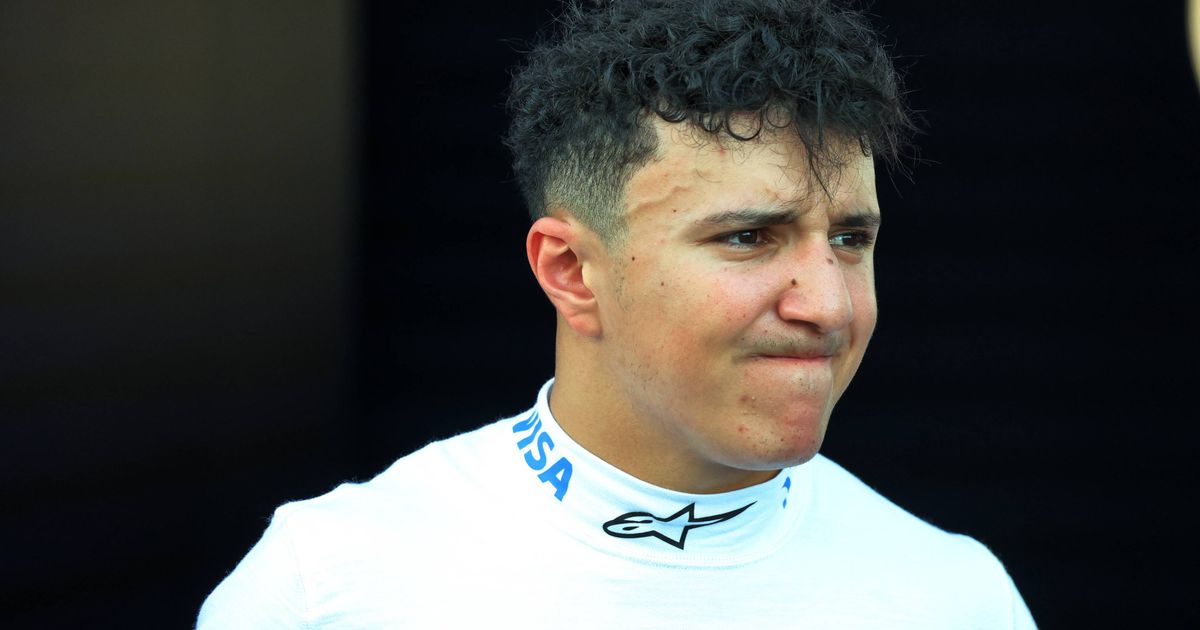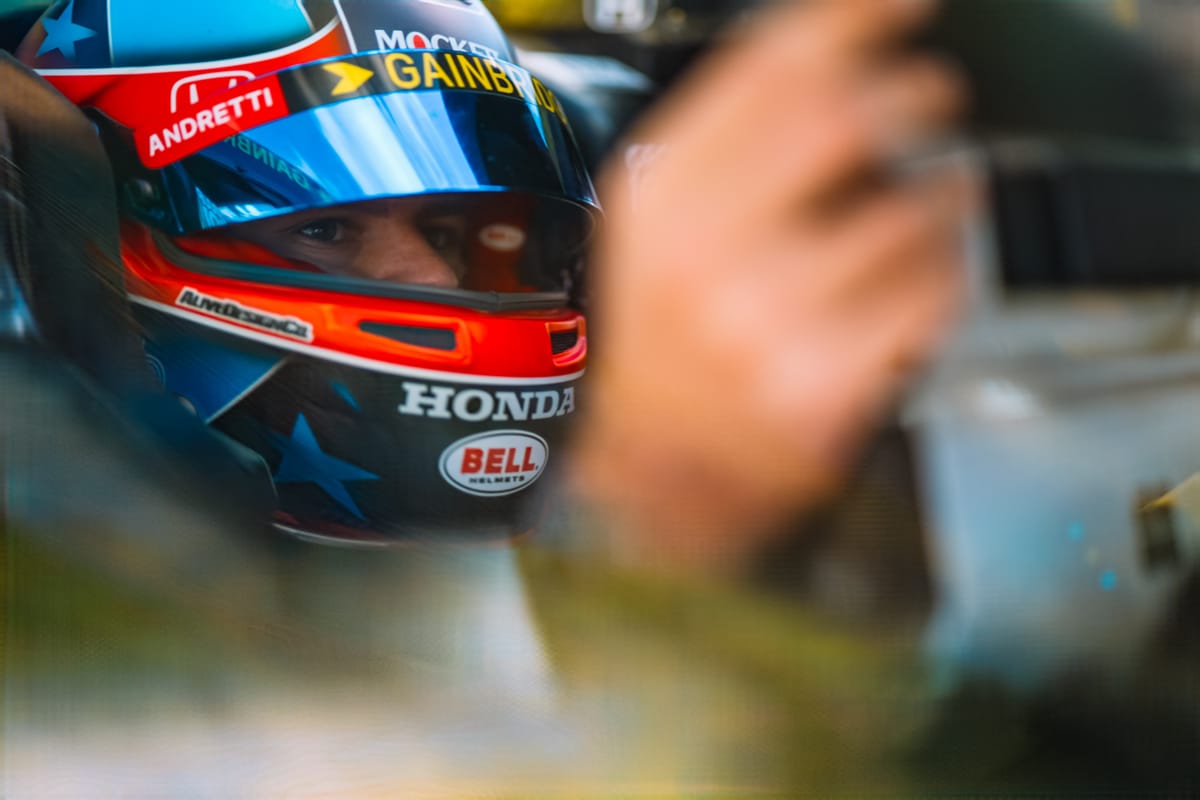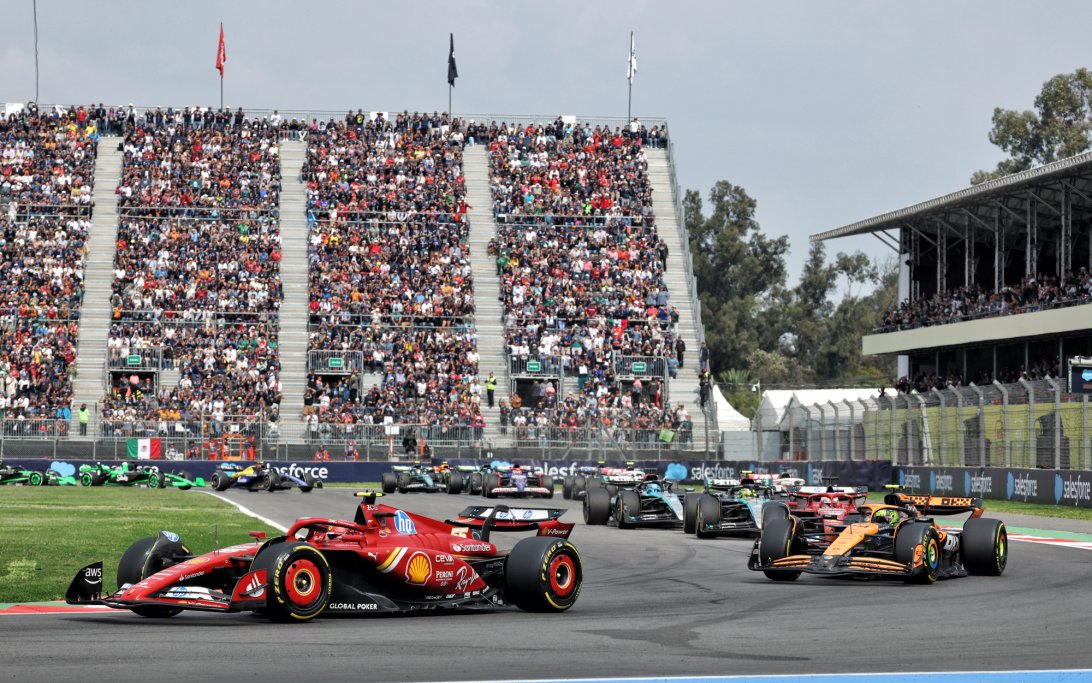
Pirelli Continues Tire Compound Experiment for Mexico City GP
Pirelli will continue its strategic experiment of skipping tire compounds at this weekend's Mexico City Grand Prix, aiming to inject more diverse strategic options into Formula 1 races. This follows a similar approach taken at the recent United States Grand Prix in Austin.
Why it matters:
Pirelli's tire choices are critical in dictating race strategy, impacting everything from pit stop windows to overtakes. By intentionally creating larger performance deltas between compounds and encouraging higher degradation, Pirelli hopes to push teams away from predictable one-stop races and foster more dynamic, multi-stop strategies, ultimately enhancing on-track excitement for fans.
The details:
- Austin Precedent: At the recent Austin GP, Pirelli allocated the C1, C3, and C4 compounds, effectively skipping the C2. These were designated as the hard, medium, and soft tires, respectively.
- Mexico City Shift: For Mexico City, Pirelli is moving one step softer across the board:
- Hard: C2 compound (skipped in Austin).
- Medium: C4 compound.
- Soft: C5 compound.
- C2's Role: Pirelli describes the C2 as an "extremely conservative choice," anticipating a significant lap time delta compared to the C4 and C5, along with reduced grip. Its durability is expected to allow for "comfortably" longer stints.
- C4 and C5 Strategy: The decision to bring softer C4 and C5 compounds aims to induce higher degradation. This is designed to challenge teams attempting a single pit stop, making them vulnerable to competitors on fresher tires who opt for a two-stop strategy.
The big picture:
Pirelli's ongoing experimentation reflects a broader effort to improve the racing spectacle in Formula 1. With circuits often featuring minimal tire wear, strategists frequently converge on optimal single-stop strategies, leading to less varied racing. By manipulating the compound allocations, Pirelli seeks to open up more strategic avenues and potentially lead to more unpredictable and exciting race outcomes, rather than simply providing a durable, predictable set of tires.
What's next:
The success of this strategy in Mexico City will be closely scrutinized. If it genuinely encourages varied pit stop strategies and more on-track action, Pirelli may continue to employ similar compound skipping methods in future races, further refining their approach to tire allocation in F1.
Original Article :https://racingnews365.com/pirelli-to-continue-with-major-f1-experiment-for-mexic...



